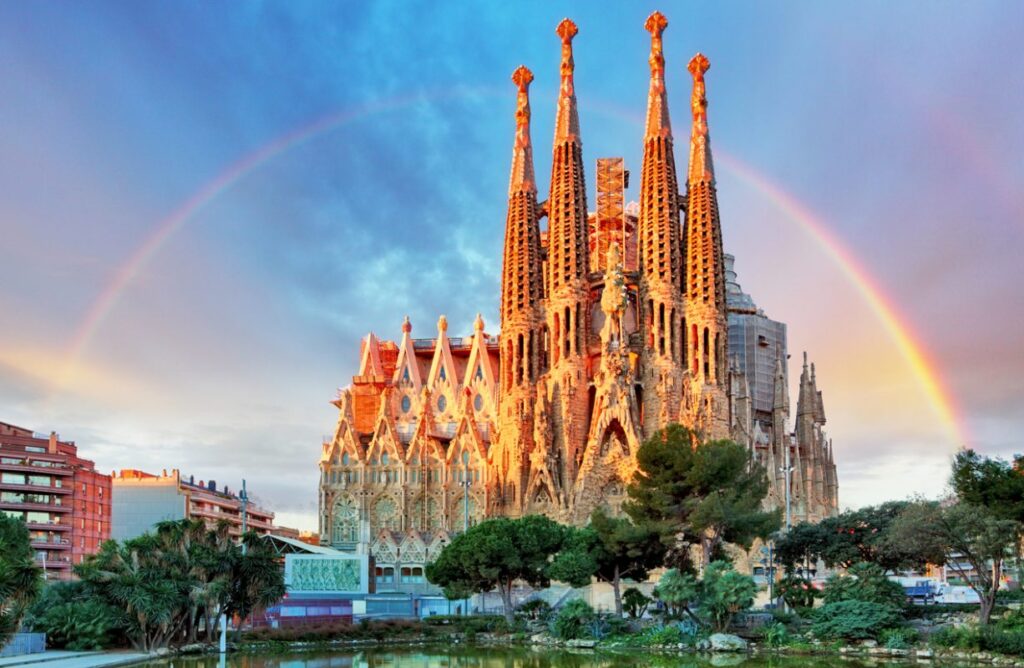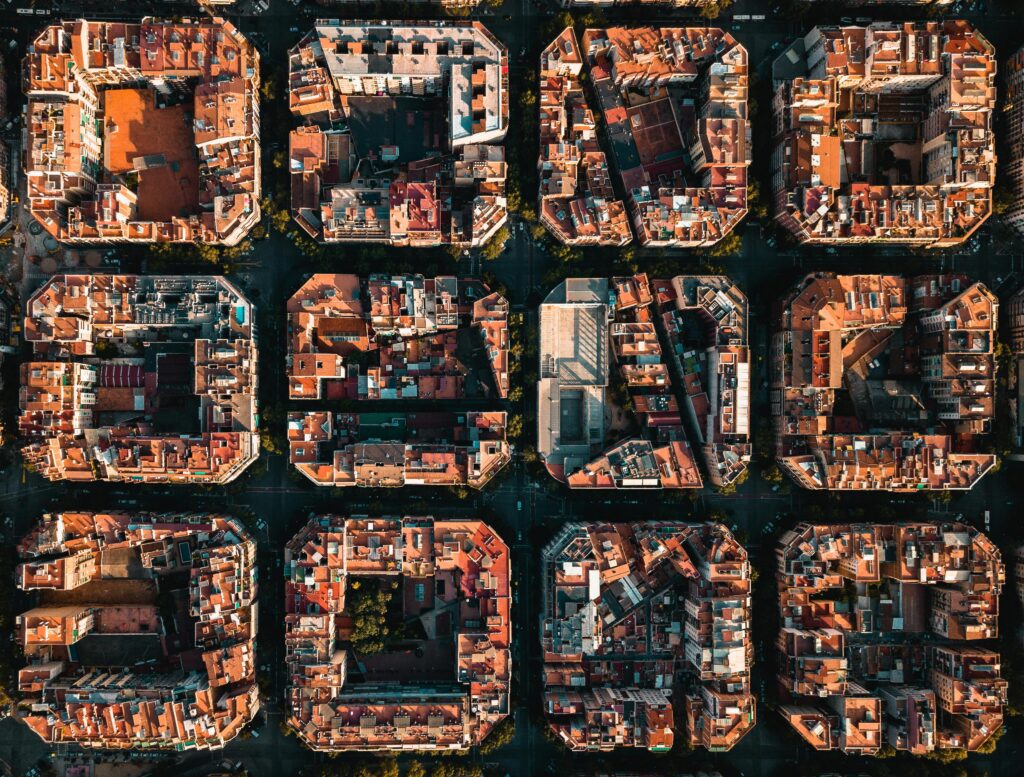Barcelona stands as a testament to the seamless integration of time-honored traditions and modern innovation, presenting itself as a city of breathtaking beauty. This city captivates the imagination with its architecture that embodies richness, vibrancy, creativity, and uniqueness. Our goal with this article is to guide you through an accessible exploration of Barcelona’s architectural marvels, shedding light on the reasons behind its global acclaim for stunning architectural artistry.
The Evolution of Barcelona’s Architectural Heritage
The architectural landscape of Barcelona underwent a significant transformation in the 19th century, marked by the “Modernisme” movement. This period signified an economic and cultural renaissance that expanded the city’s horizons beyond its medieval walls, which had previously confined its growth. The demolition of these walls facilitated the city’s expansion and the development of Parc de la Ciutadella, introducing Barcelona’s sole green space at the time. The annexation of surrounding villages during the late 19th and early 20th centuries further enriched Barcelona’s urban fabric with diverse architectural styles.
Barcelona’s Architectural Renaissance and Global Recognition
Barcelona’s recent architectural advancements highlight its commitment to design, innovation, and sustainability. These efforts have positioned the city as a European leader in innovative architecture, a status confirmed by numerous accolades. This section explores the city’s architectural diversity, from its ancient roots to contemporary achievements.
Diverse Architectural Styles of Barcelona

Barcelona’s architectural identity is shaped by various influences, creating a unique aesthetic:
- Romanesque and Gothic: The city’s oldest quarters reveal time-honored styles through pointed arches, ribbed vaults, and intricate artworks, embodying the essence of the Middle Ages.
- Catalan Modernism: This movement sought to define a Catalan identity, with architects favoring organic shapes, rich decorations, and innovative materials, distinguishing Barcelona’s architectural scene.
Antoni Gaudí: Architectural Genius
Antoni Gaudí, a pillar of Barcelona’s architectural heritage, introduced a distinctive, groundbreaking language that continues to define the city. His works, including La Sagrada Familia, Park Güell, Casa Milà, Casa Vicens, and the Crypt of Colonia Güell, exemplify his visionary approach and innovative use of materials and forms.
The Unmistakable Contrast: Barcelona vs. Madrid
Comparing Barcelona’s historic charm with Madrid’s modern skyline reveals the unique architectural narratives of these two cities. Barcelona’s streets, adorned with buildings from various eras, offer a journey through different architectural styles, contrasting Madrid’s contemporary high-rises.
Discovering Gaudí’s Barcelona
Antoni Gaudí’s masterpieces are scattered across Barcelona, inviting visitors to explore the city’s architectural wonders. These include iconic sites such as Casa Milà, Casa Batlló, and the unparalleled Sagrada Familia, among others.
Barcelona’s Architectural Spectrum
Barcelona’s fame as an architectural hub stems from its eclectic mix of Gothic, Modernist, and Art Deco buildings. This fusion has created a vibrant urban landscape, rich in diversity and innovation.
Barcelona’s architecture tells a story of cultural evolution, innovation, and artistic expression. As you wander its streets, you’re invited to experience a dynamic blend of history and modernity, making it a source of endless inspiration and admiration for enthusiasts and travelers alike.
